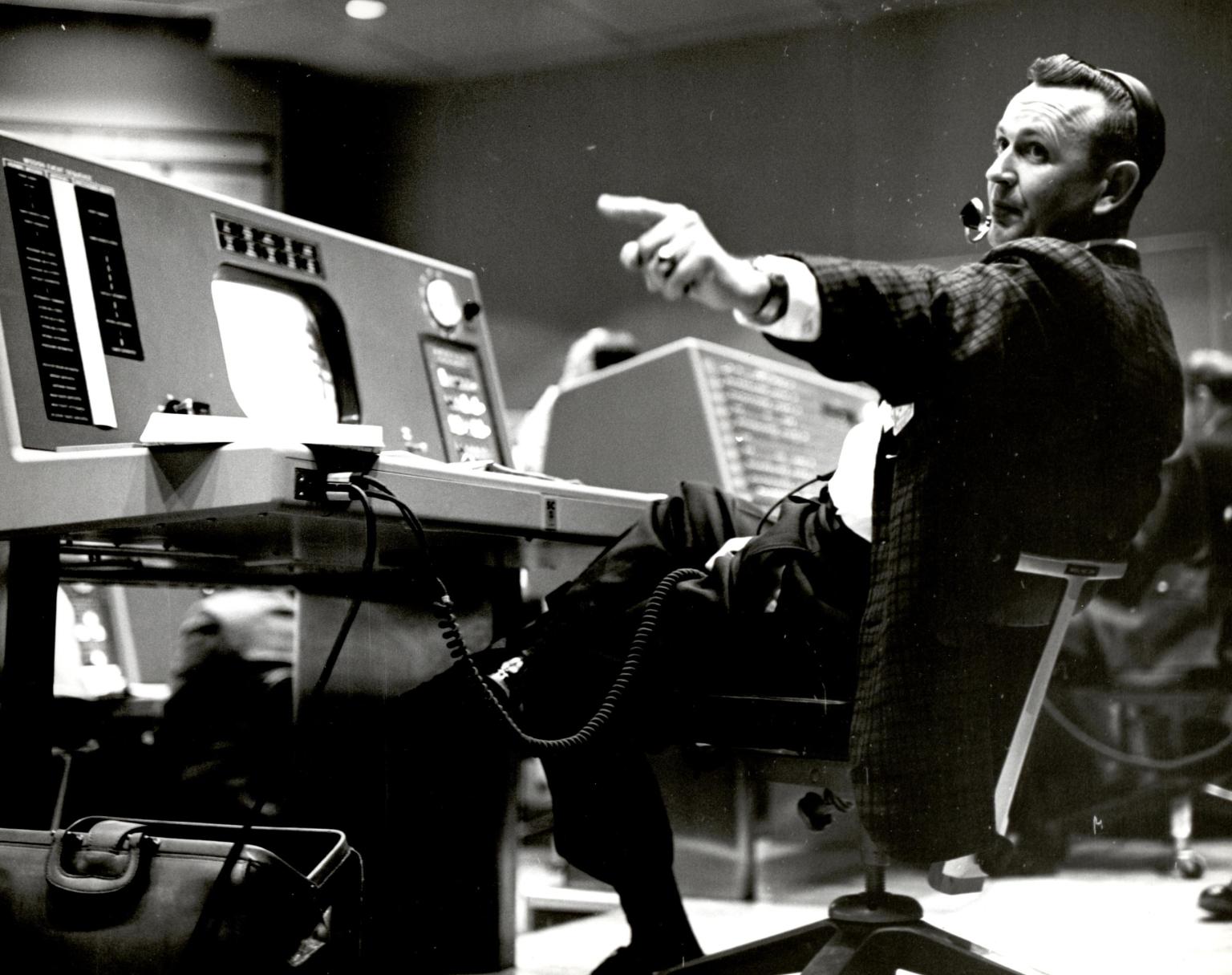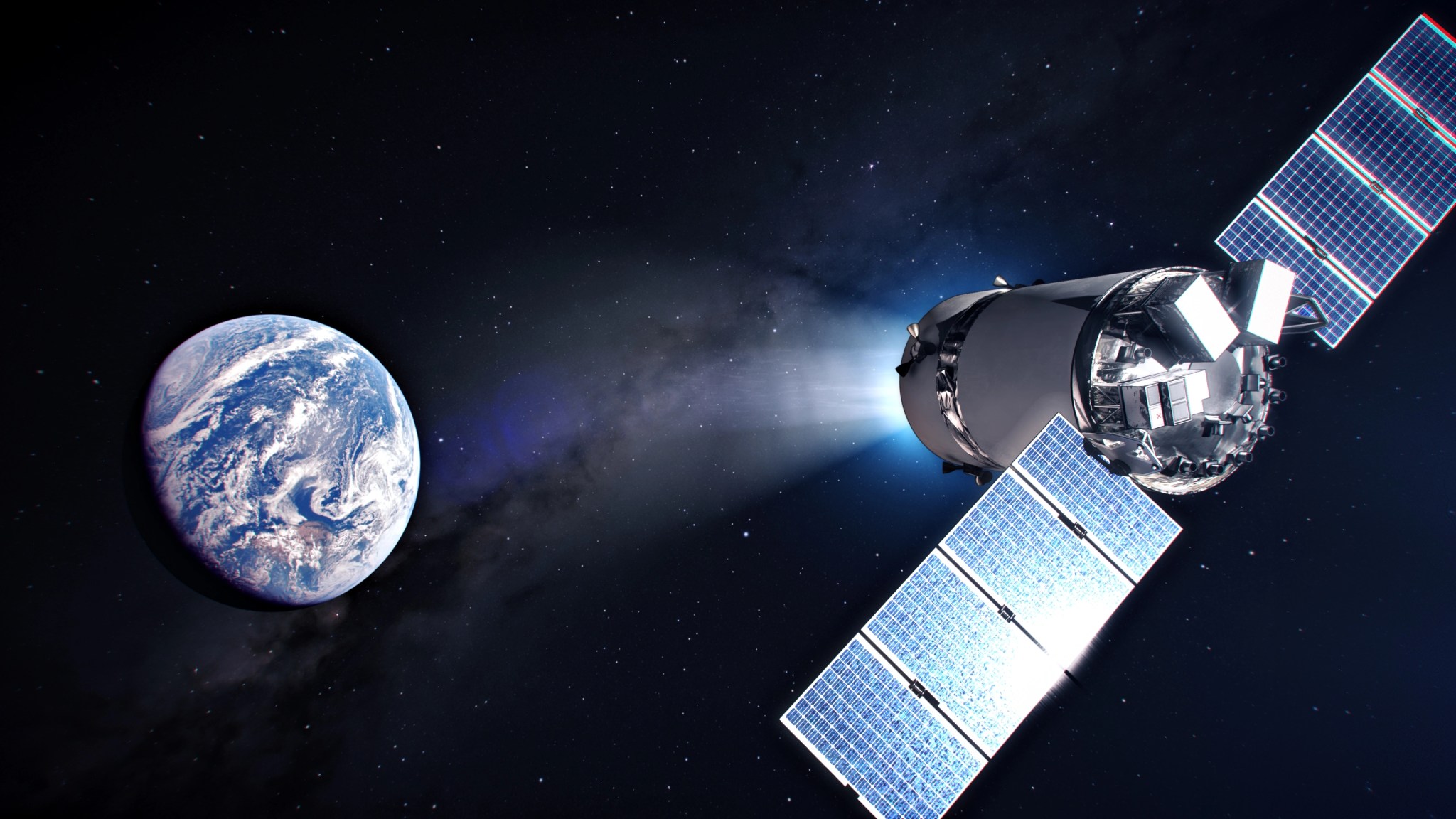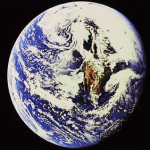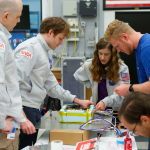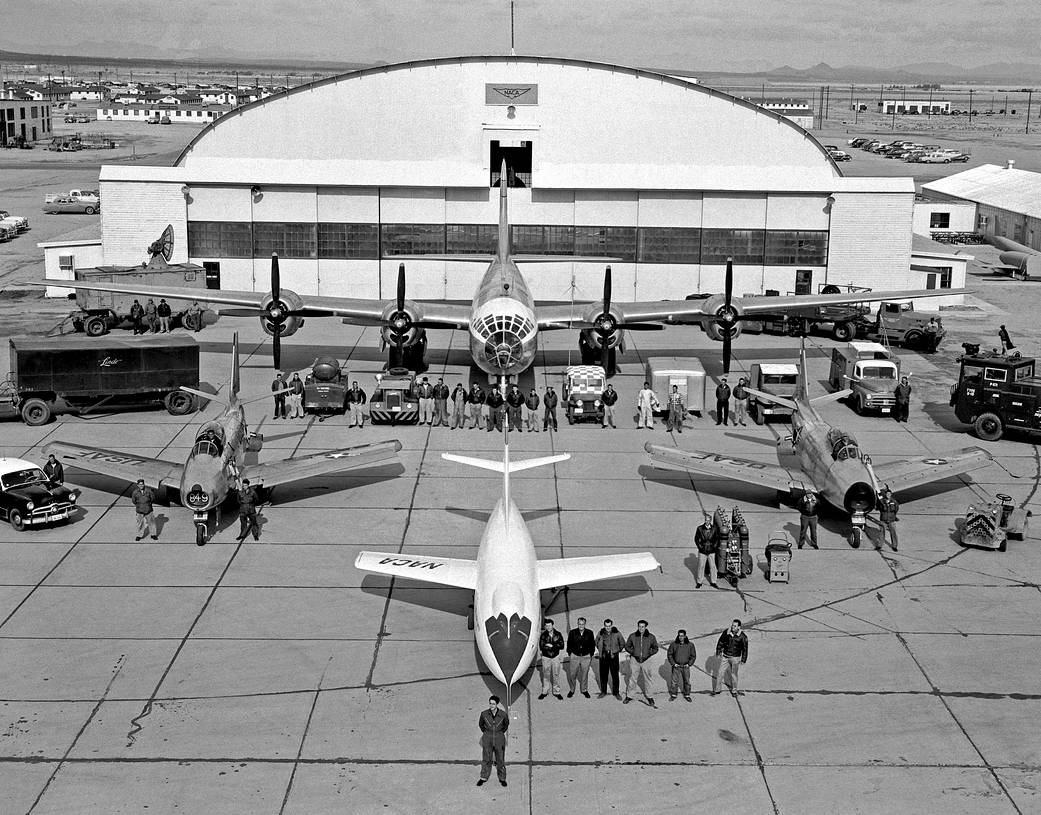Science Missions
Peering into the creation of the universe and traversing Mars
The James Webb Space Telescope is an orbiting infrared observatory that will look to the beginning of time and to hunt for the unobserved formation of the first galaxies, as well as to look inside dust clouds where stars and planetary systems are forming today.
Much closer to home, NASA has sent five robotic vehicles, called rovers, to Mars. Rovers help scientists in their quest to understand what different parts of the planet are made of.
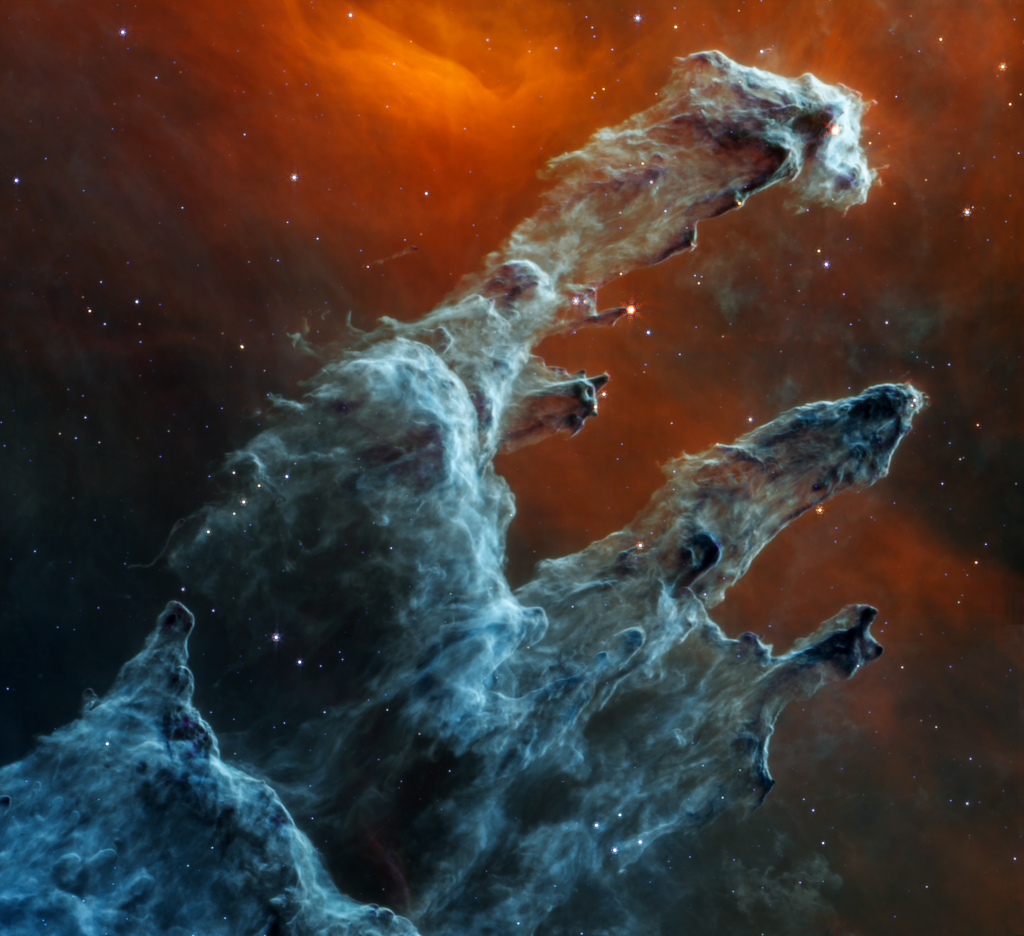
Human Missions
From low Earth orbit to the Moon and Mars
Rotational crews have been living in low Earth orbit continuously aboard the International Space Station since 2000. Located about 250 miles above Earth, the space station is a full-time microgravity laboratory. On behalf of researchers worldwide, station crews conduct experiments only possible in the unique conditions of space, observe Earth as a system, and test new technologies that ultimately will help send humans far beyond Earth.
Artemis missions will send humans to the Moon for long-term scientific exploration and discovery. Artemis I was an uncrewed flight test that traveled 40,000 miles past the far side of the Moon and back to Earth to validate the Space Launch System rocket, Orion spacecraft, and other key systems. Artemis II will be the first flight test with astronauts to validate crew life support systems, and Artemis III will mark the beginning of humanity’s return to the lunar surface.
Living and working in low Earth orbit and at the Moon will help NASA and its partners prepare for the next giant leap: sending humans to Mars.
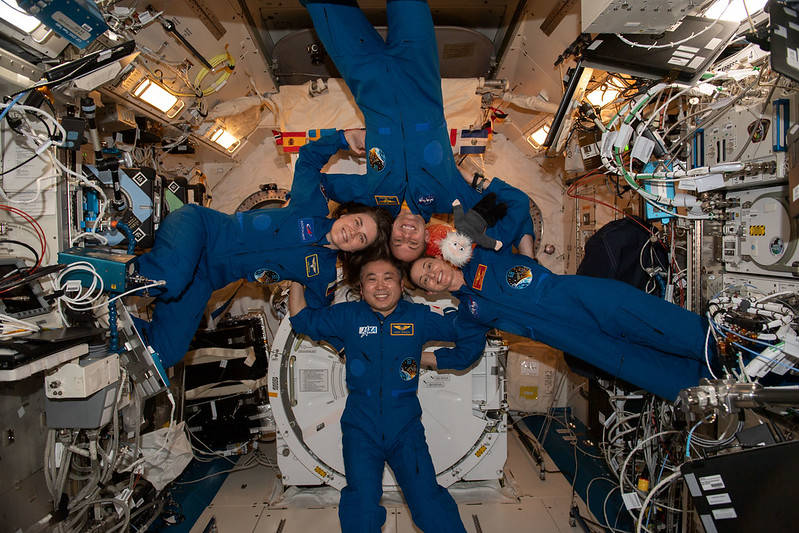
Quesst
Lowering the Sonic Boom
NASA’s aeronautical innovators are leading a government-industry team to collect data that could make supersonic flight over land possible, dramatically reducing travel time in the United States or anywhere in the world.
More on the Quesst Mission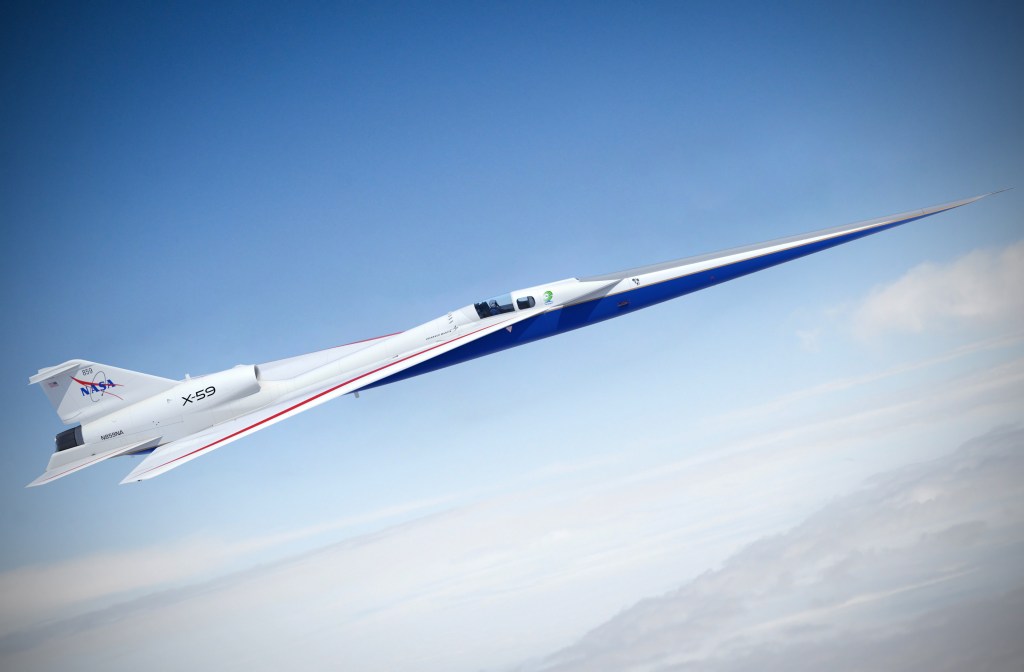
Space Technology
Demonstrating the innovations that help us go, land, live, and explore in space
Technology drives exploration and the space economy. Technology demonstrations enable NASA to mature the cutting-edge, laboratory-proven technologies and new capabilities that will transform future science and space exploration goals. Through these missions, we conduct ground-based or in-space testing to determine the feasibility of technologies and systems for use in NASA missions, for other government agencies, and with the commercial space industry
View Technology Missions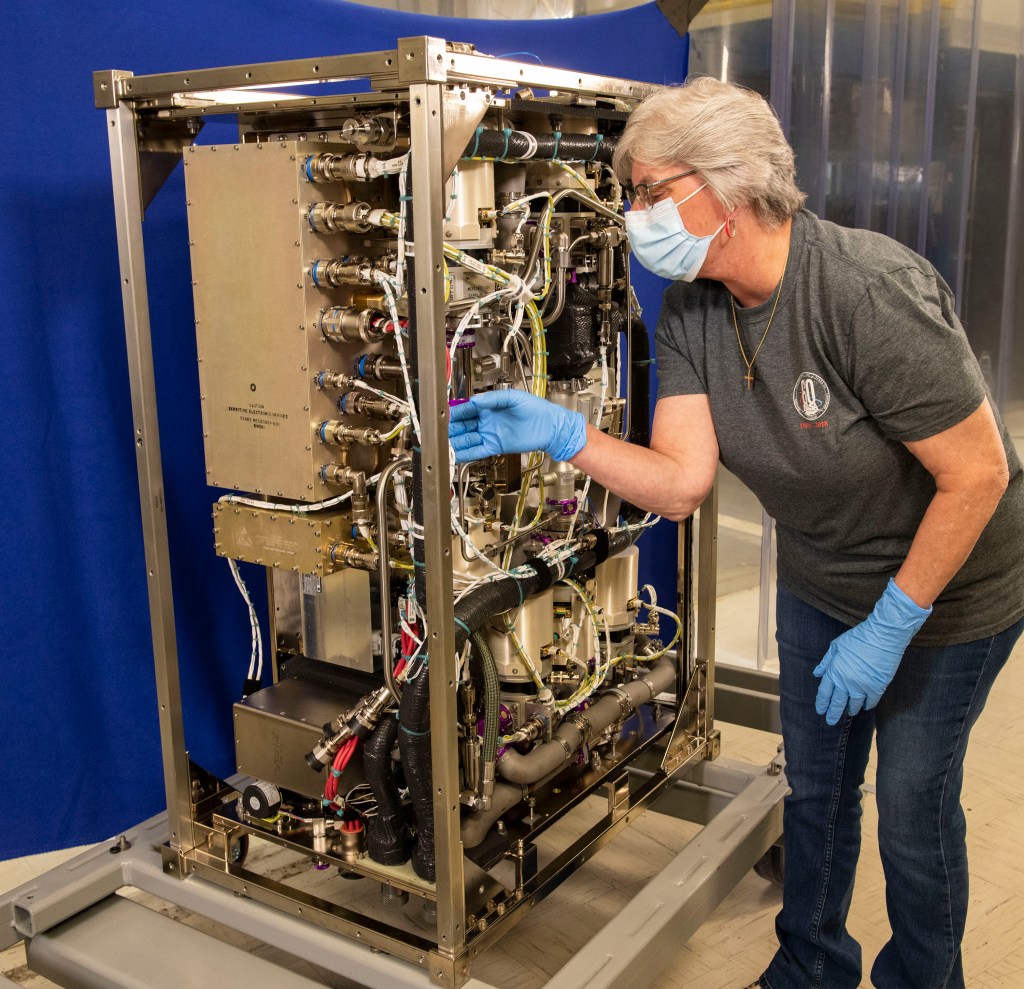
Missions
Exploring the secrets of the universe for the benefit of all.
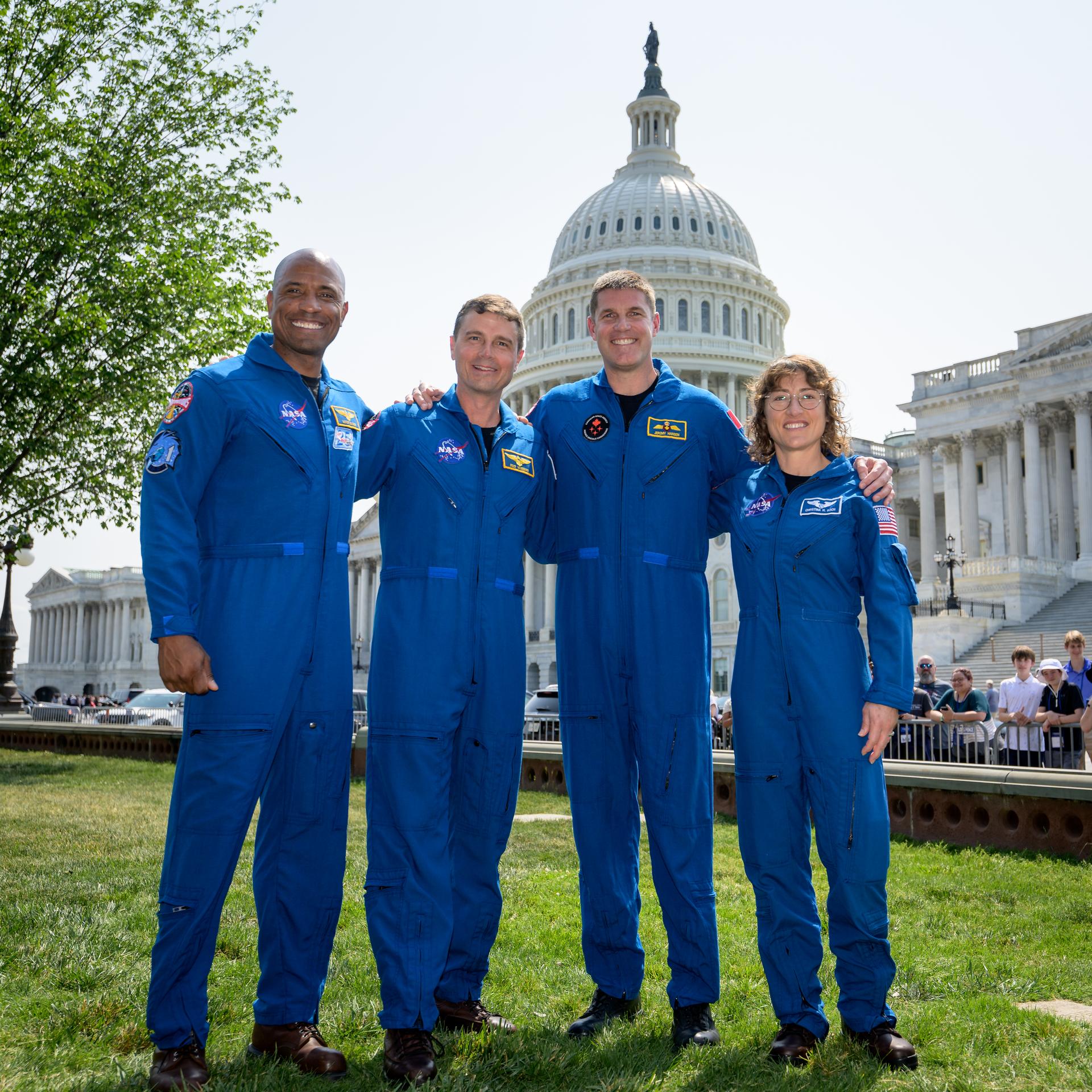
Artemis II
Four astronauts will venture around the Moon on Artemis II, the first crewed mission on NASA's path to establishing a long-term presence at the Moon for science and exploration.
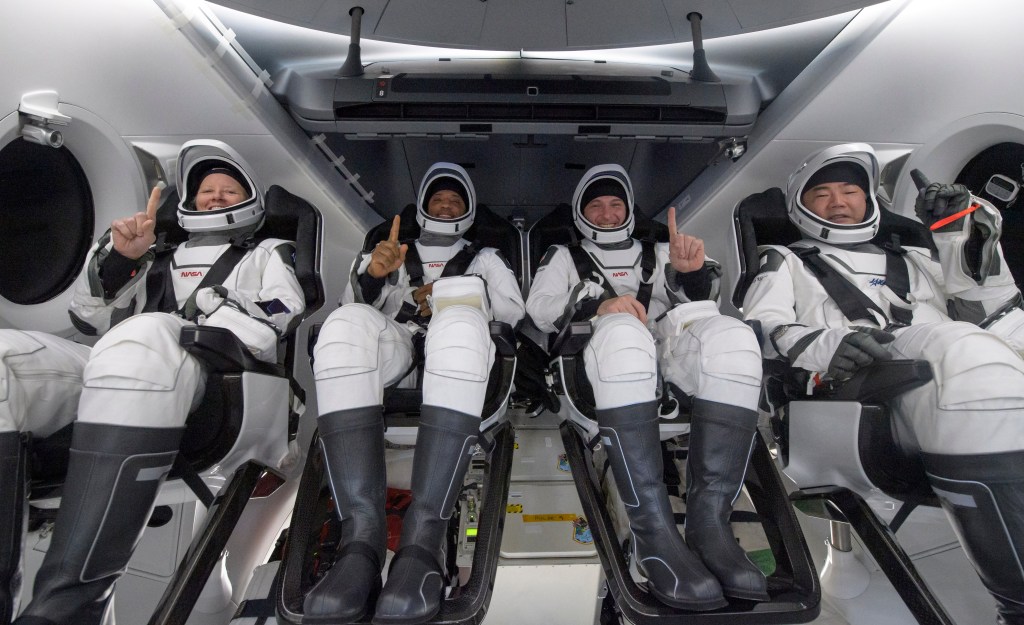
Commercial Crew
NASA’s Commercial Crew Program is delivering on its goal of safe, reliable, and cost-effective human transportation to and from the International Space Station.
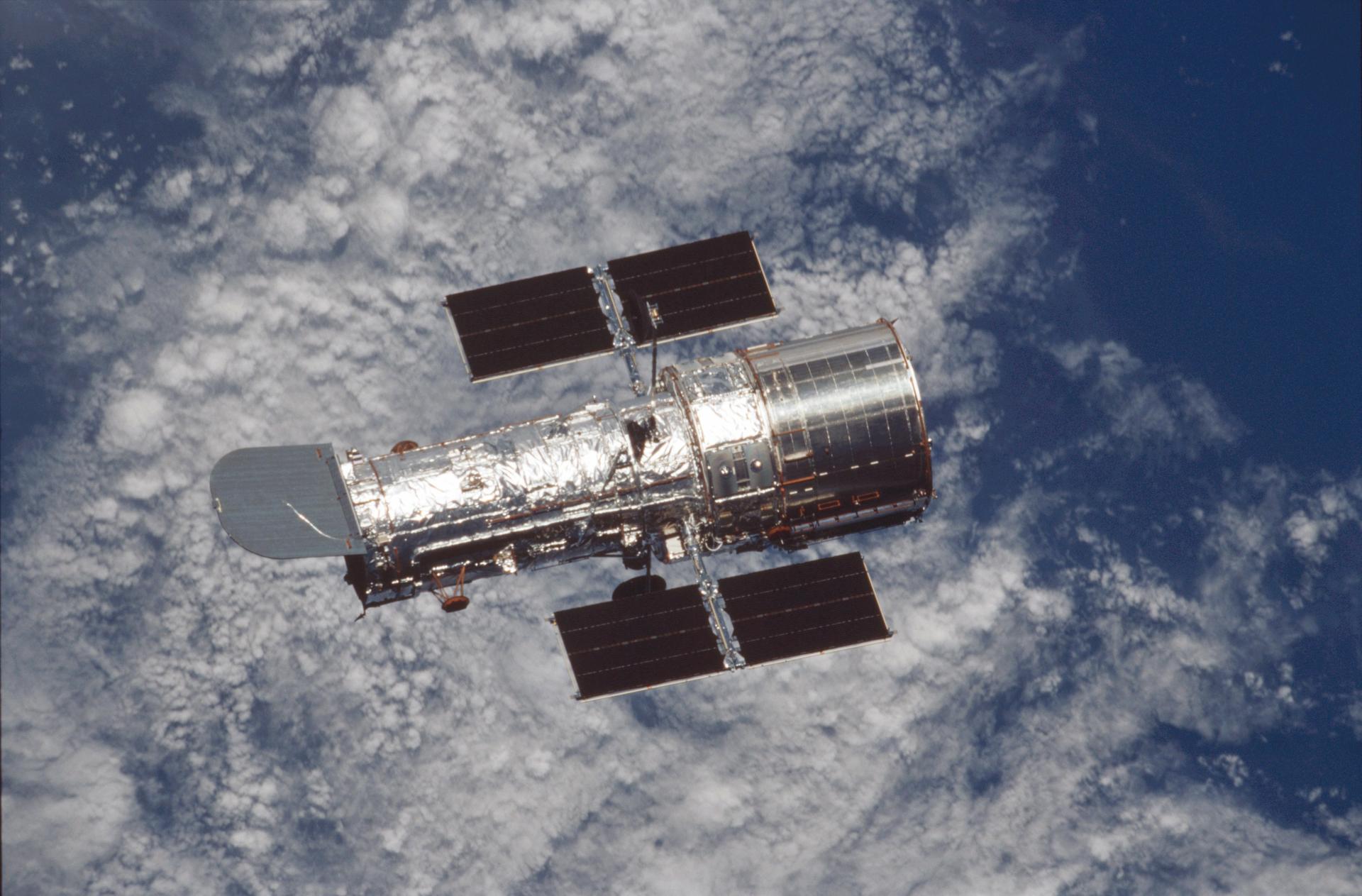
Hubble Space Telescope
Since its 1990 launch, the Hubble Space Telescope has changed our fundamental understanding of the universe.
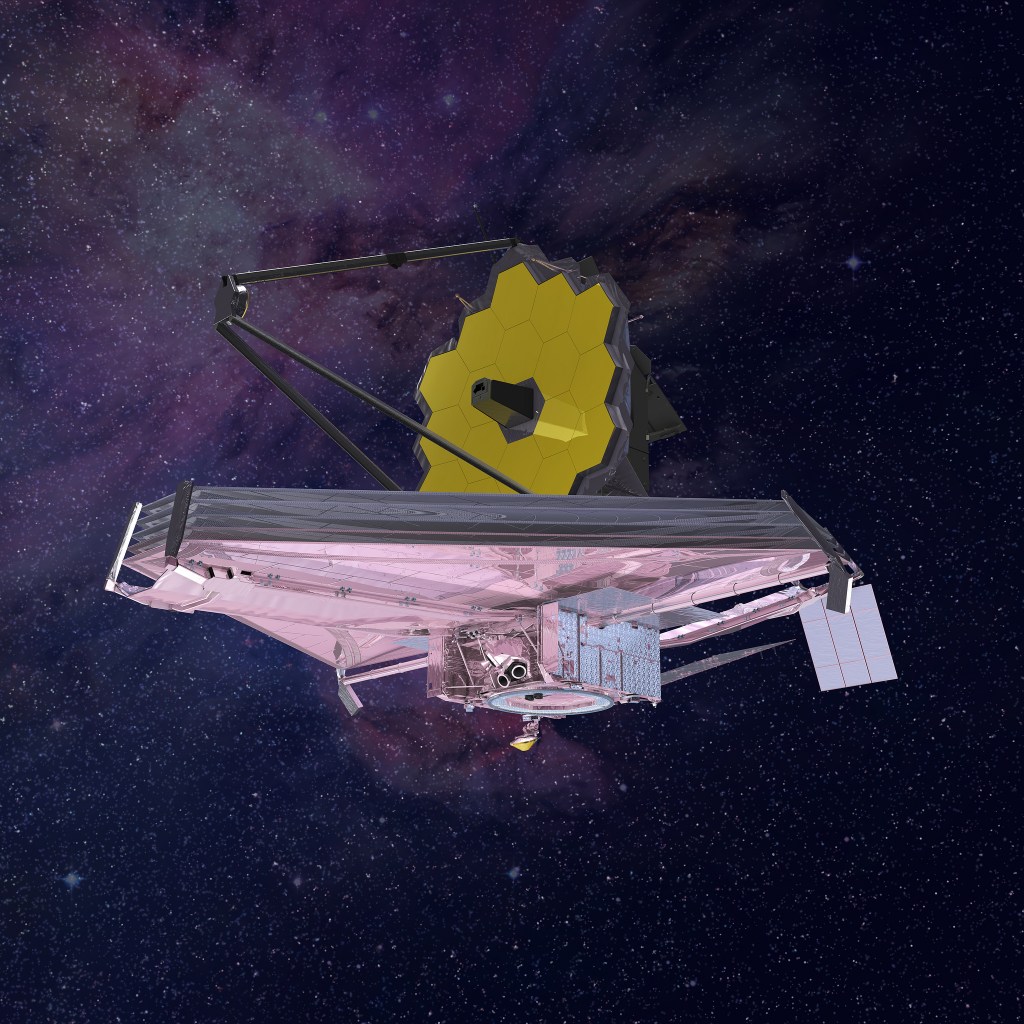
James Webb Space Telescope
Webb is the premier observatory of the next decade, serving thousands of astronomers worldwide. It studies every phase in the history of our Universe.
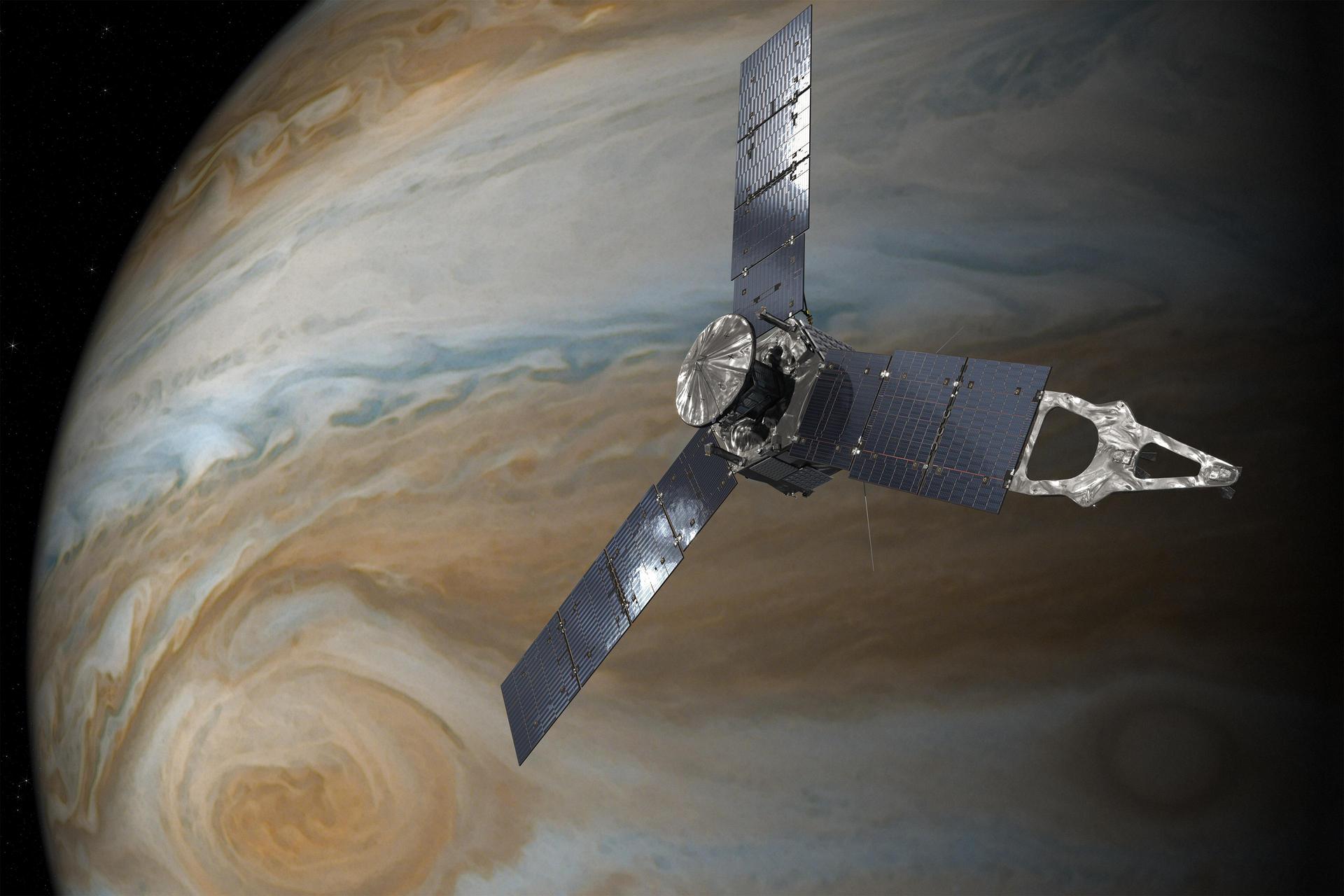
Juno: Mission At Jupiter
Probing beneath Jupiter's dense clouds to answer questions about the origin and evolution of Jupiter, our solar system, and giant planets across the cosmos.
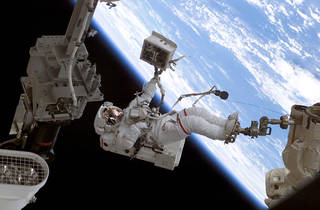
International Space Station
The International Space Station Program brings together international flight crews, multiple launch vehicles, the international scientific research community and much more.
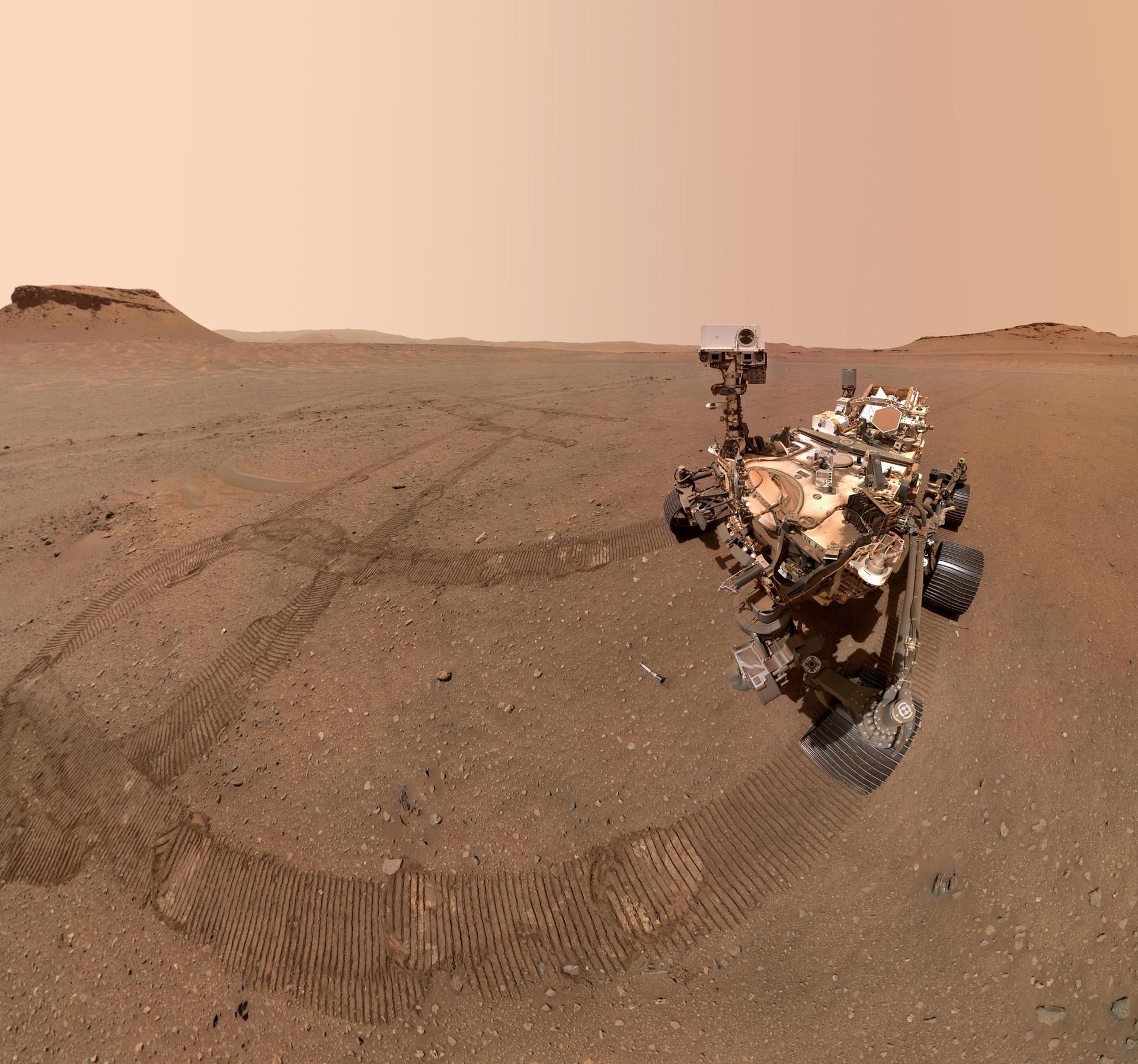
Perseverance Mars Rover
This rover and its aerial sidekick were assigned to study the geology of Mars and much more.
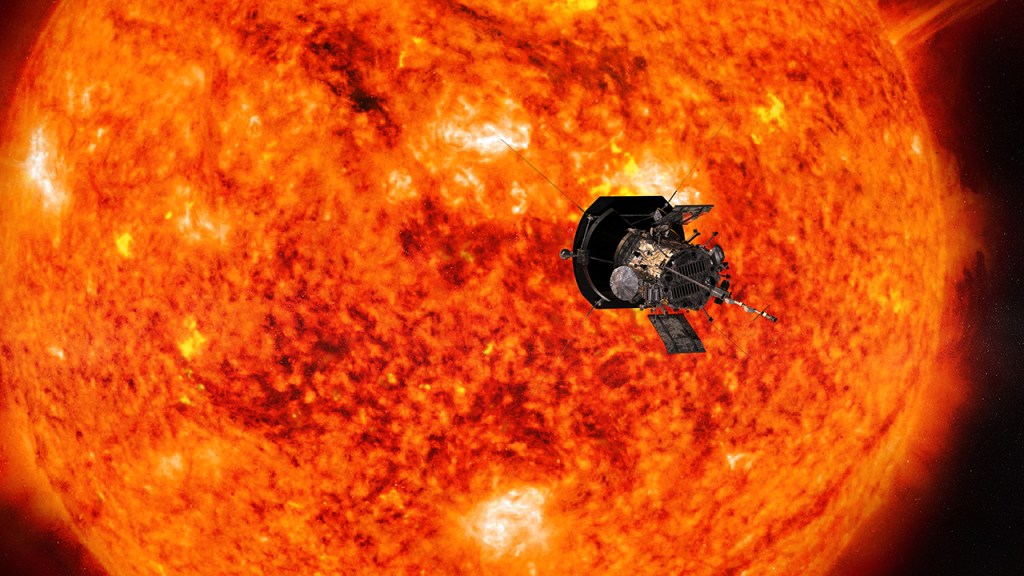
Parker Solar Probe
On a mission to “touch the Sun,” NASA's Parker Solar Probe became the first spacecraft to fly through the corona – the Sun’s upper atmosphere
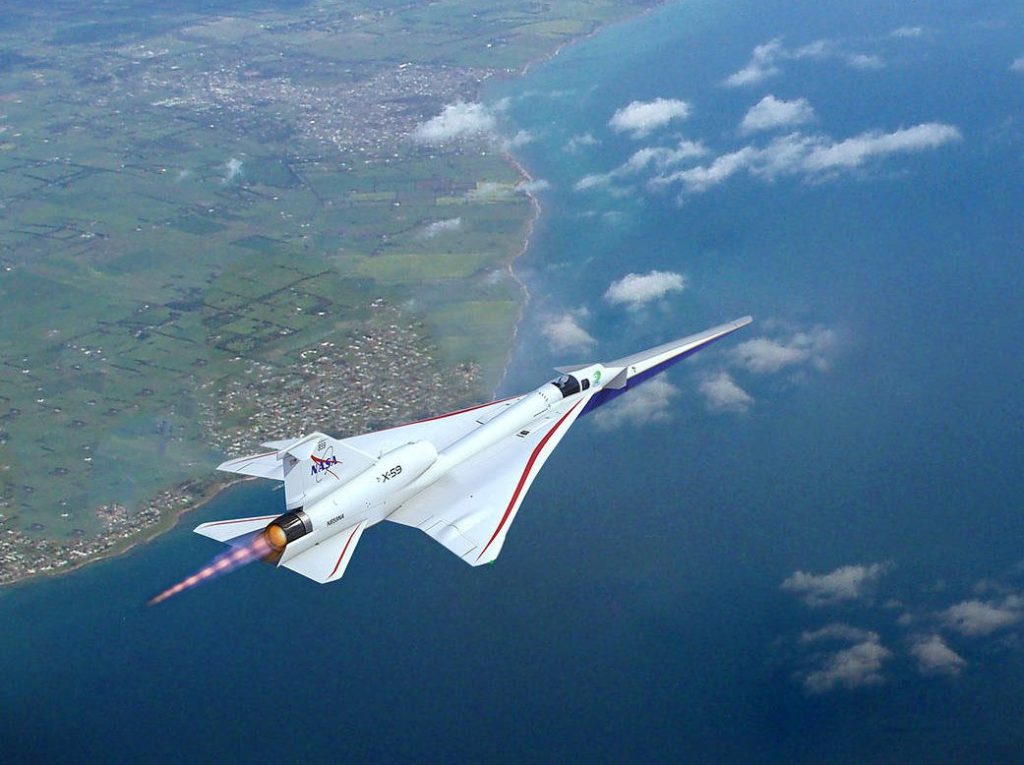
Quesst
NASA's mission to demonstrate how the X-59 can fly supersonic without generating loud sonic booms.

Low-Earth Orbit Flight Test of an Inflatable Decelerator
NASA’s Low-Earth Orbit Flight Test of an Inflatable Decelerator, or LOFTID, is demonstrating a cross-cutting aeroshell for atmospheric re-entry.
Artemis II
Four astronauts will fly around the Moon to test NASA's foundational human deep space exploration capabilities, the Space Launch System rocket and Orion spacecraft, for the first time with crew.
Learn More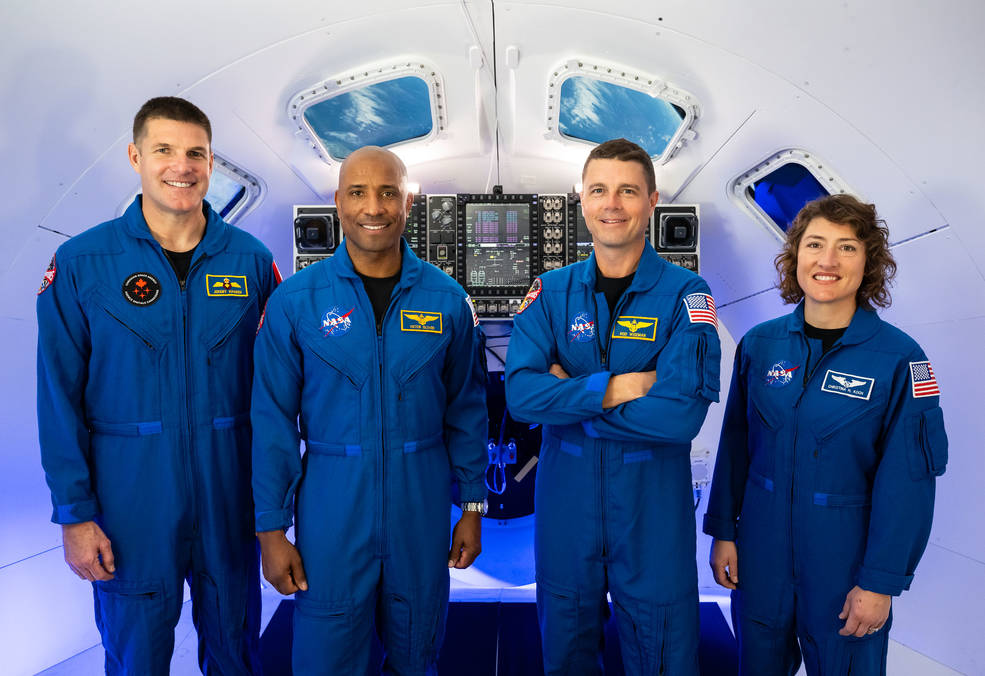
Future Missions
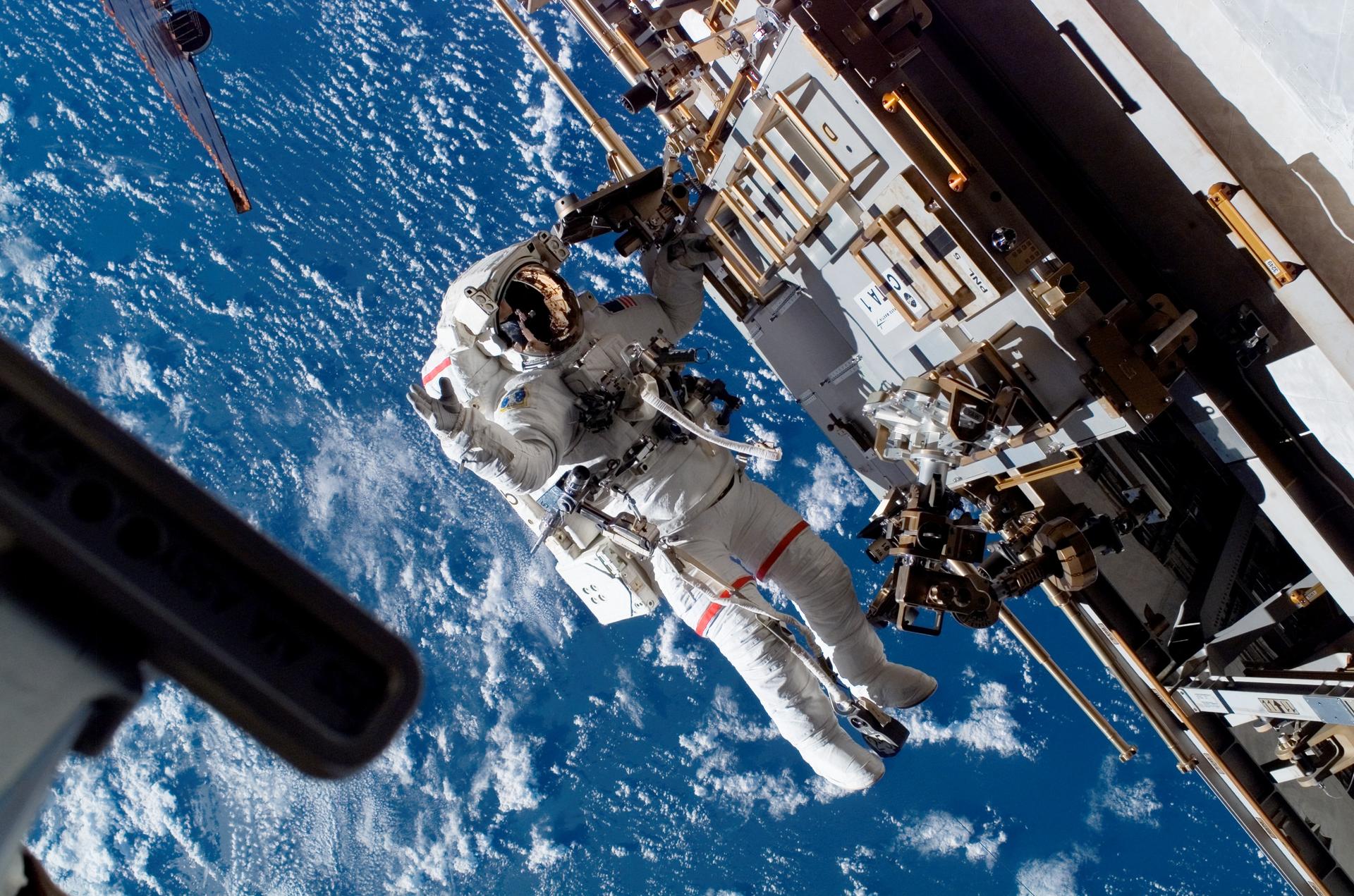
Humans on the International Space Station
Every day since Nov. 2, 2000, people have been orbiting our planet inside the International Space Station, bringing together science, technology and human innovation to enable new technologies and research breakthroughs not possible on Earth. The first decade of the International Space Station was the decade of construction. The second decade moved from initial studies to fully using the orbiting lab. We have now entered the decade of results.
Decades of Discovery
NASA's first high profile program was Project Mercury, an effort to learn if humans could survive in space.
NASA is responsible for unique scientific and technological achievements in human spaceflight, aeronautics, space science, and space applications that have had widespread impacts on our nation and the world. When NASA opened for business on October 1, 1958, it accelerated the work already started on human and robotic spaceflight.
Learn About Project Mercury about Decades of Discovery